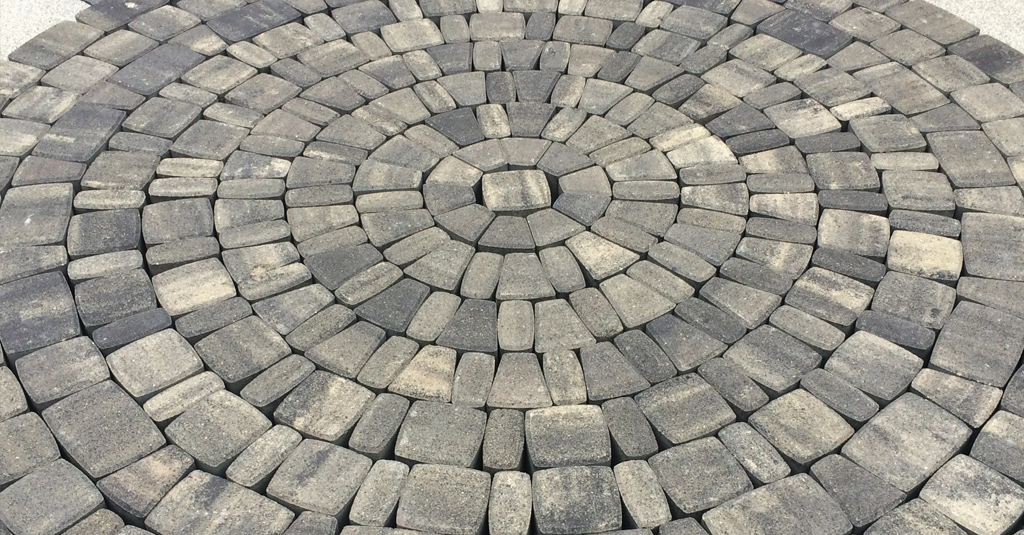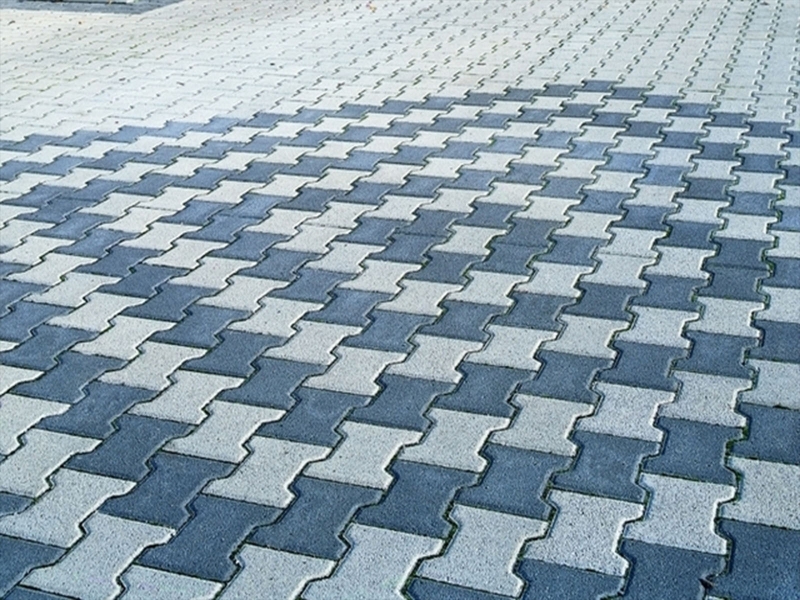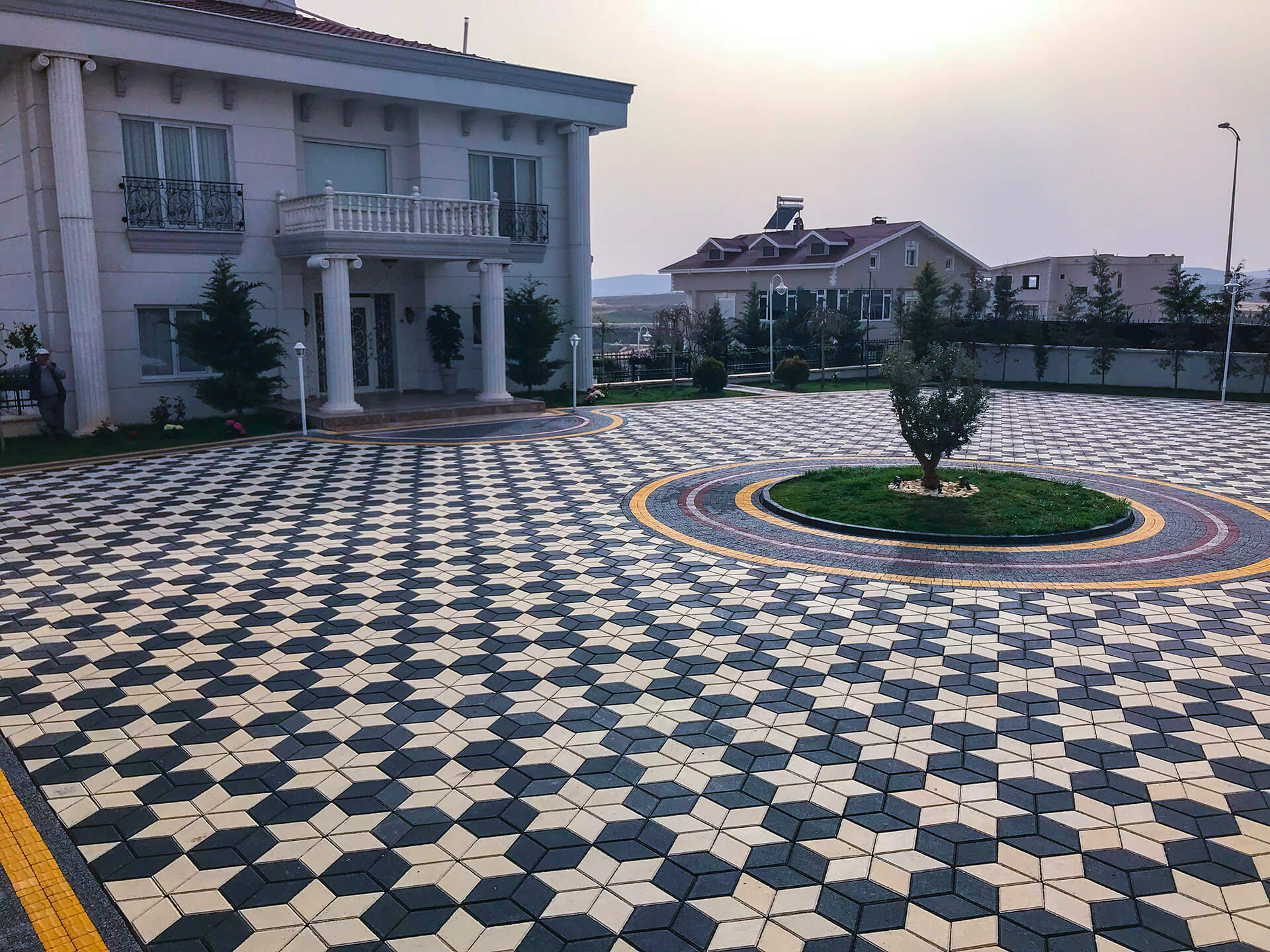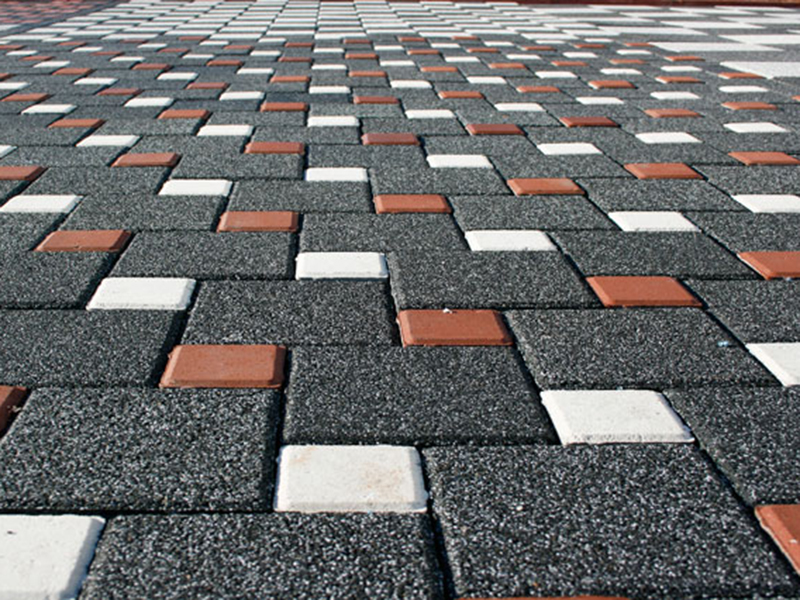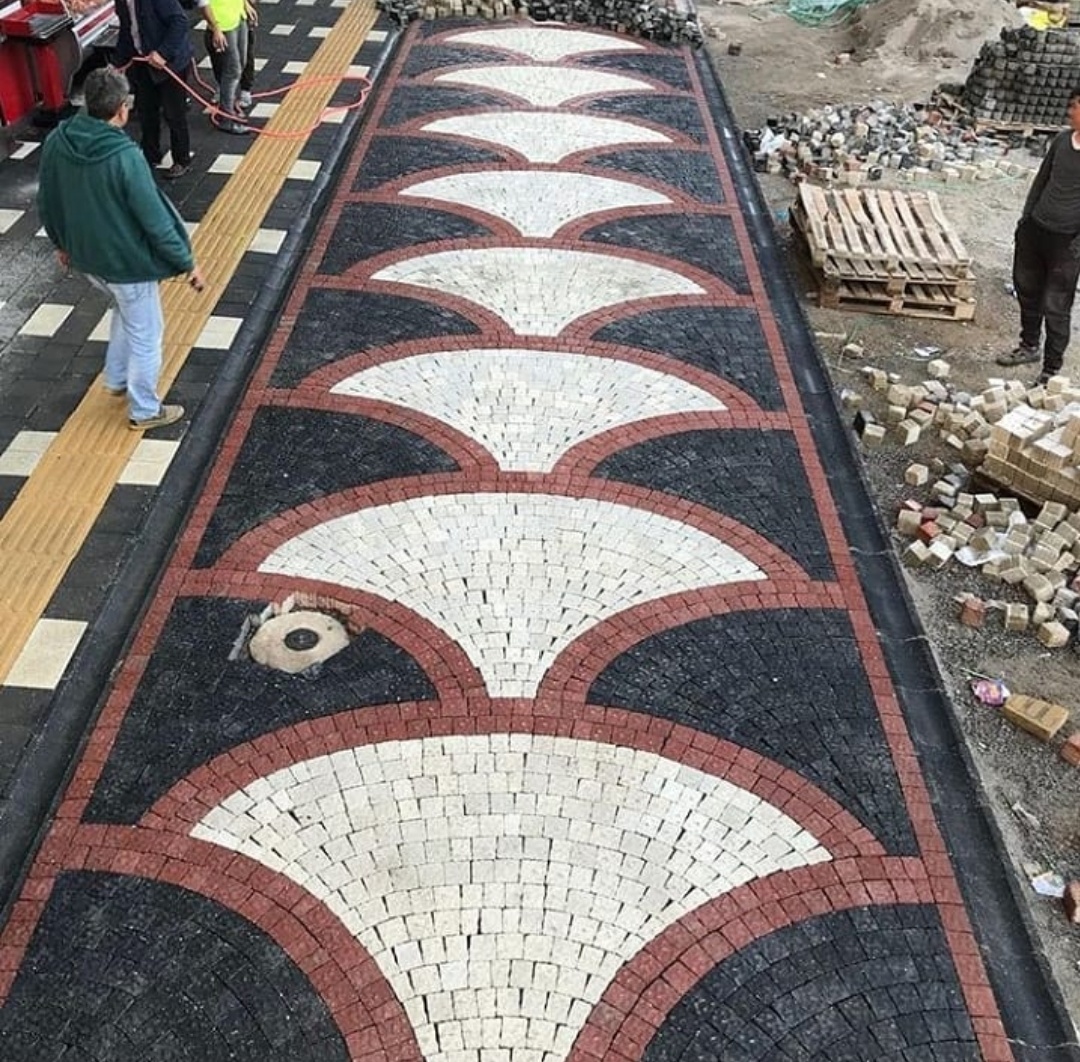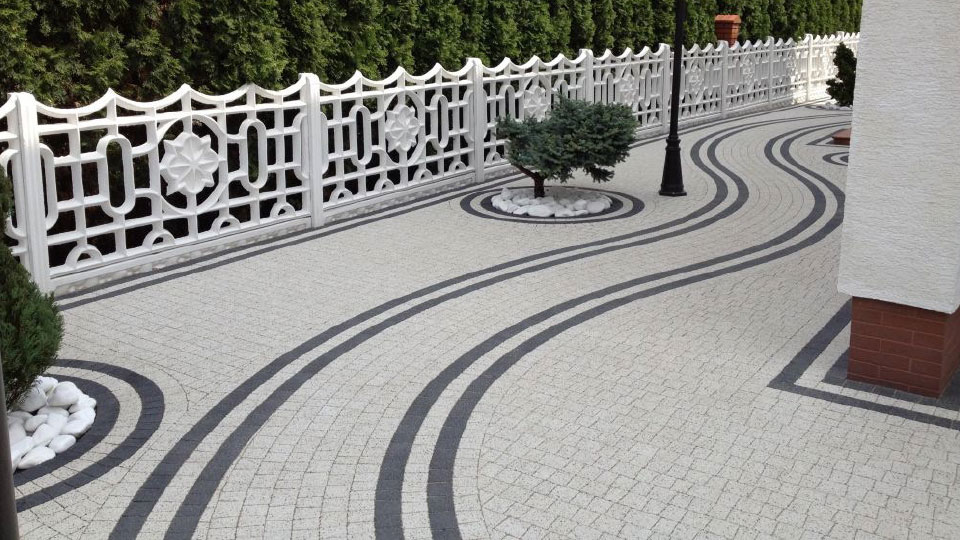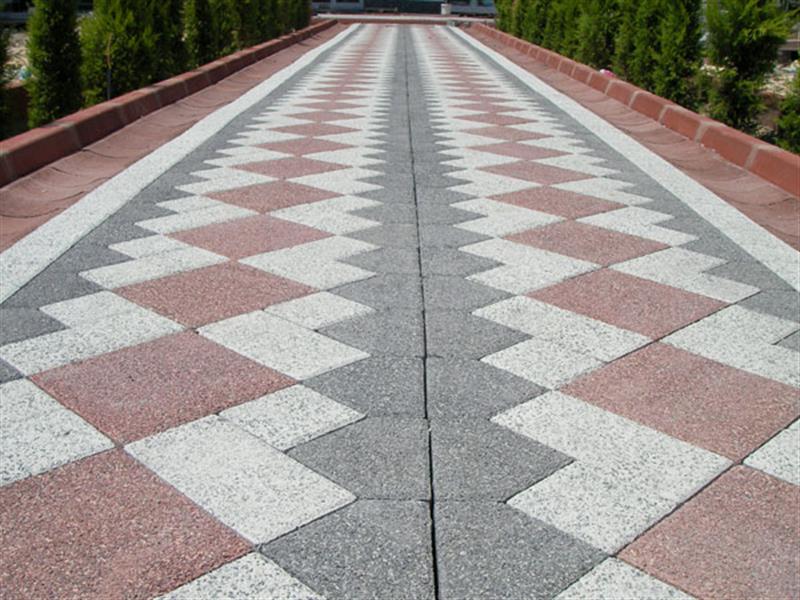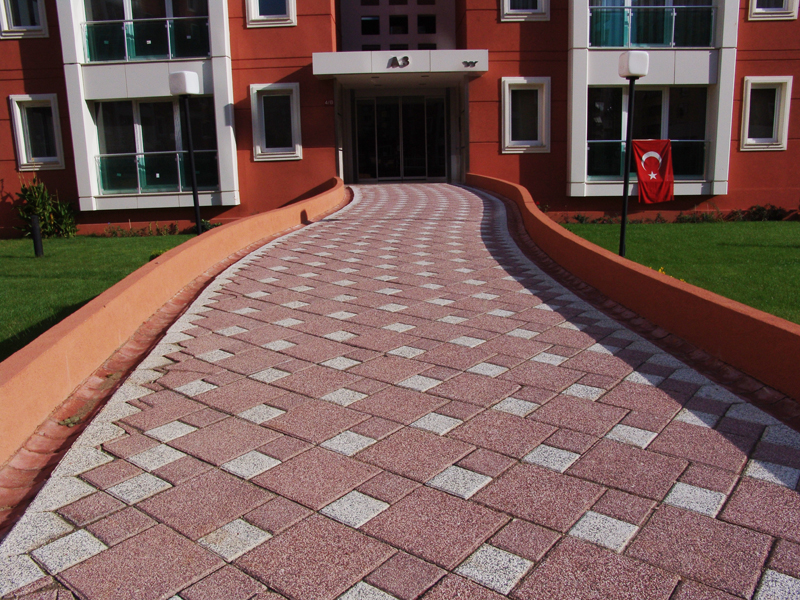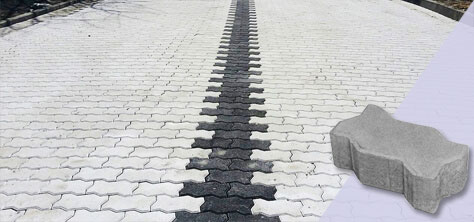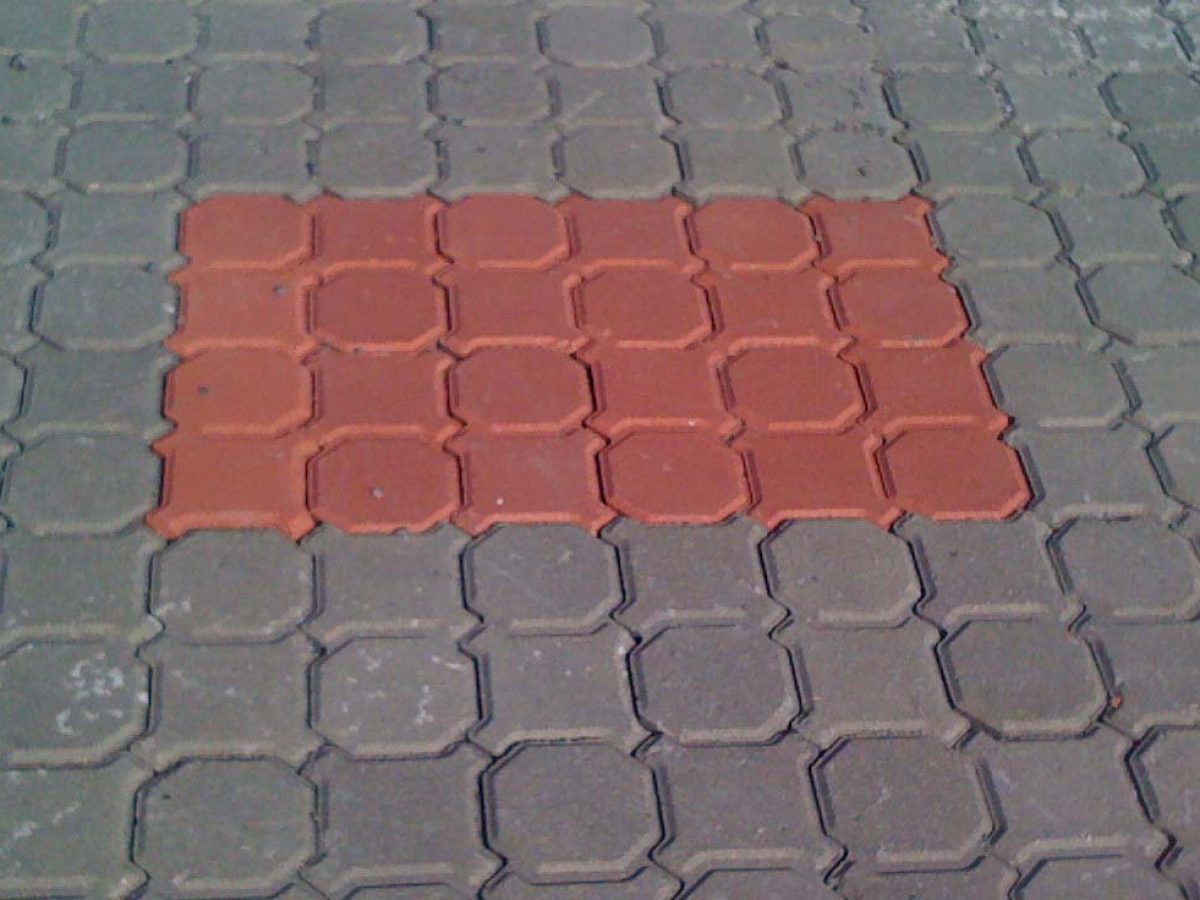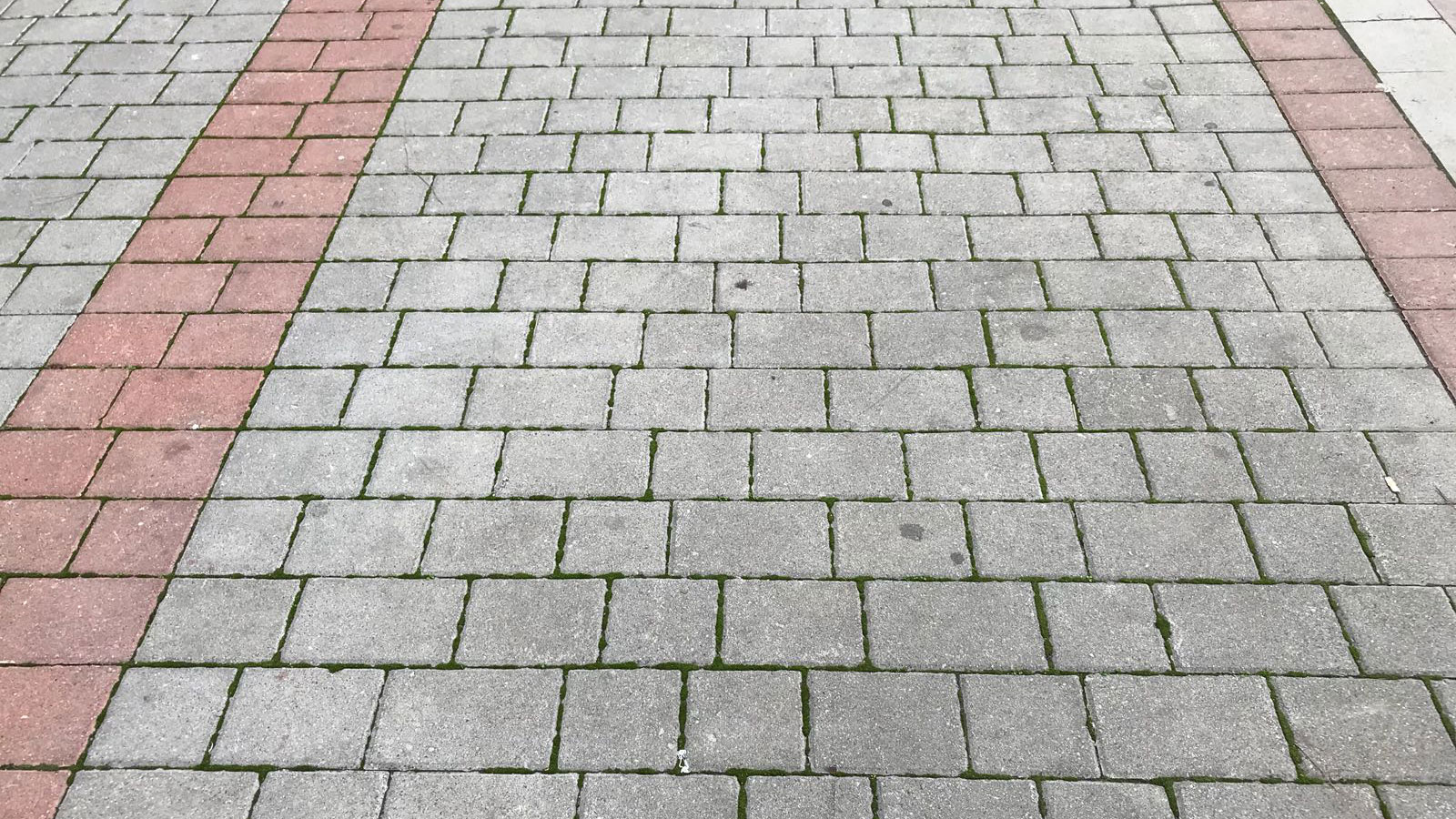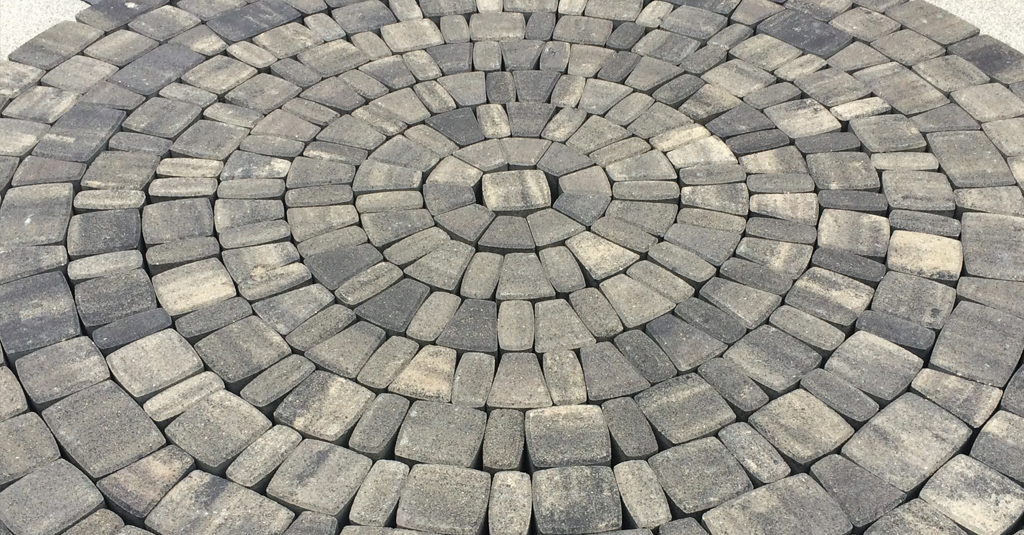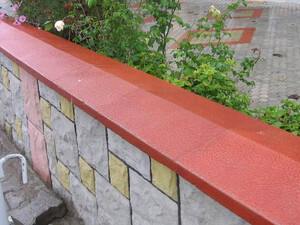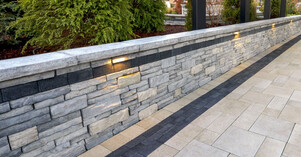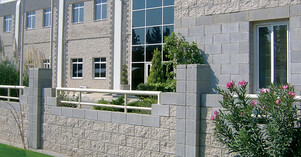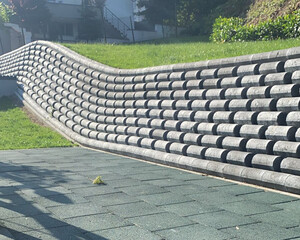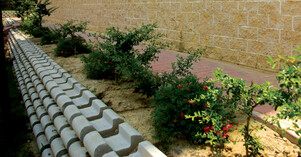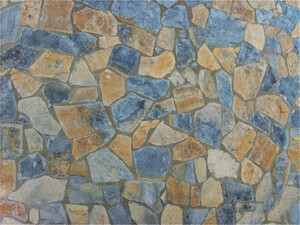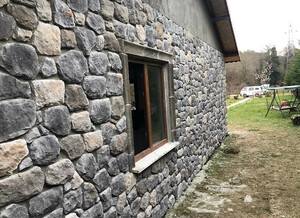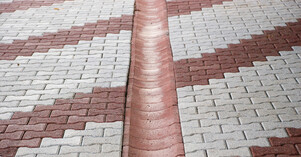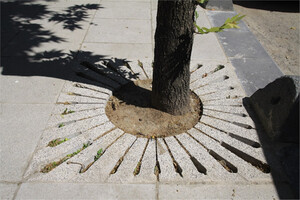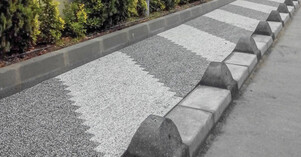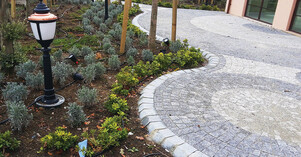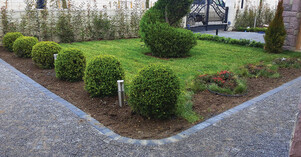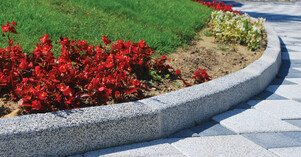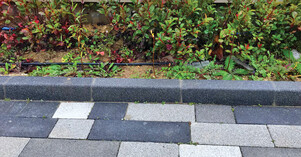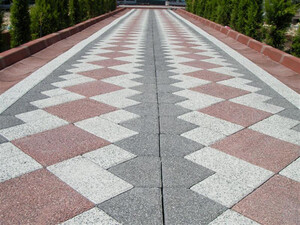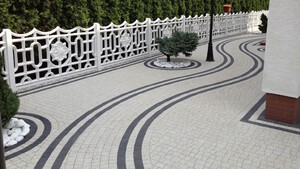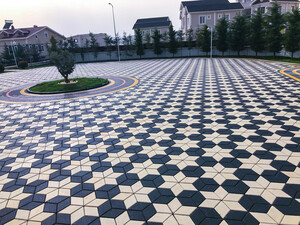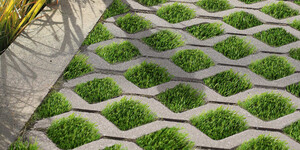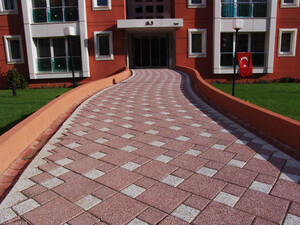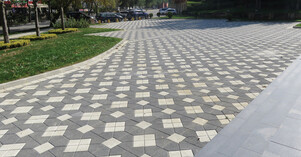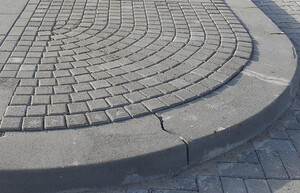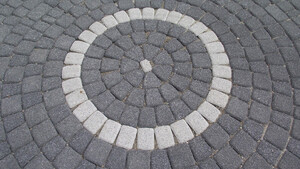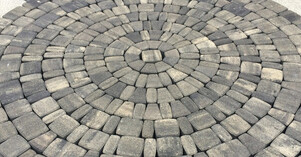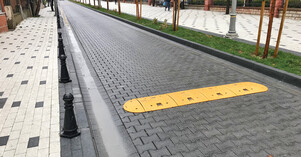Ancient Stone: Uses and Properties
Antique stone is a building material that reflects historical texture and aesthetic value. While adding character to spaces with its natural and rustic appearance, it creates a timeless atmosphere where it is used. Appealing to both historical and modern design concepts, antique stone stands out as a preferred material in various spaces.
Features:
- Natural Appearance: Antique stones have a natural appearance obtained with the effect of years. In this way, it adds a historical and rustic atmosphere to the places.
- Aesthetic Variety: Various design combinations can be created with different color tones, surface textures and size options. This provides the flexibility to meet any design expectation.
- Durability: Antique stones are durable because they are usually produced from natural stones. Combined with its historical texture, it offers long-lasting use.
- Timelessness: Antique stone can adapt to both historical and modern design concepts. Therefore, it can give spaces a timeless atmosphere.
Usage areas:
- Restoration Projects: In the restoration of historical buildings, antique stone is frequently preferred to preserve the character of the original building. It creates an authentic atmosphere when used in historical places.
- Garden and Courtyard Arrangements: Antique stones are used in the arrangement of garden paths, courtyard floors and seating areas, adding a nostalgic and elegant atmosphere to the space.
- Interiors: Especially in places such as hotel lobbies, restaurants and boutique stores, a different atmosphere can be created by using antique stones on interior floors or wall coverings.
- Swimming Pools: Antique stones can be used around swimming pools or for pool decking to create a unique look in resorts or private homes.
- Outdoor Areas: Antique stones are used in public spaces, squares or parks to provide aesthetic appeal in landscaping.
